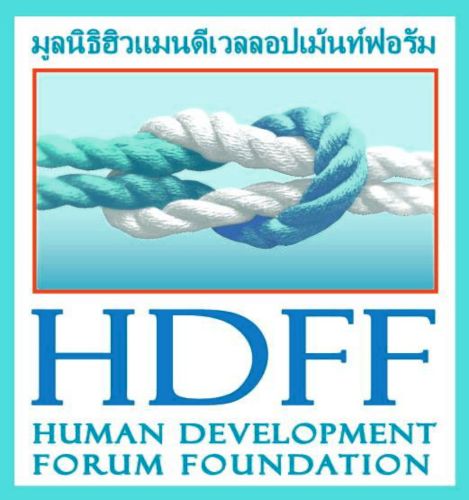Several political developments have taken place regarding Thailand’s three southernmost provinces, where violence is still rampant and militant groups are causing numerous civilian casualties each week. The HDFF have compiled a one-page summary of the security situation and incidents for February 2013 that you can read and download below.
Continued security unrestPolitical developments in restive South
After a night-time curfew in troubled areas was rejected by local residents, researchers and security officials in the South, Prime Minister Shinawatra held a security meeting on February 18 where it was decided that the state of emergency applied to certain areas was to be replaced with an extension of the Internal Security Act (ISA). The ISA is less harsh than the state of emergency and, among other things, makes it easier for insurgents to turn themselves in to the authorities and negotiate without fear of punishment. As in a response to this, three militants surrendered to Thai authorities on February 21 after hiding in Malaysia for five years. Towards the end of the month, Deputy PM Yoobamrung appointed an advisory group consisting of 9 members of the Wadah group, a group linked to insurgent activities in the past. He stated that the Wadah members were influential Muslim politicians that could help to provide important insight necessary for solving the problems in the South. Furthermore, the Government will start peace talks with the Barisan Revolusi Nasional (BRN) separatist movement in the middle of March.
Despite political developments, February was a month of violence and many casualties. At least 34 persons died and 50 were injured. Among the fatalities are at least 16 militants who were killed as they carried out a
large-scale attack on a military base in Narathiwat. There were no military fatalities because the marines stationed at the base had obtained information about the attack beforehand and were prepared for an attack. The deaths of the militants were followed by two coordinated placements of IEDs in Pattani province, widely
The first occurred on Sunday 17 when a large number of IEDs were detonated in Pattani’s Muang and Yaring districts. Three persons died and fires caused by the blasts caused important property damage. The following weekend, more bombs were detonated and attacks were recorded in 29 places across six Pattani districts. Other attacks were also registered on CCTV cameras, mobile telephone signal towers and power stations that were purposefully destroyed by fires and IEDs.seen as reprisal attacks by militant groups.
Mainly civilian and military casualties

84 incidents were recorded in February 2013 after two relatively calm months in the South (32/43 incidents in Dec/Jan). After the 2012 Hat Yai bombings the number of monthly incidents dropped to around 50 before rising again in July to a monthly total of 80-130 until November. Of the casualties in February 2013, 39% were civilians, injured or killed by gunfire or IEDs. 36 % were military personnel or defense volunteers, mainly falling victim to IEDs, often buried under roads and detonated as the targets pass by.


Comments are closed